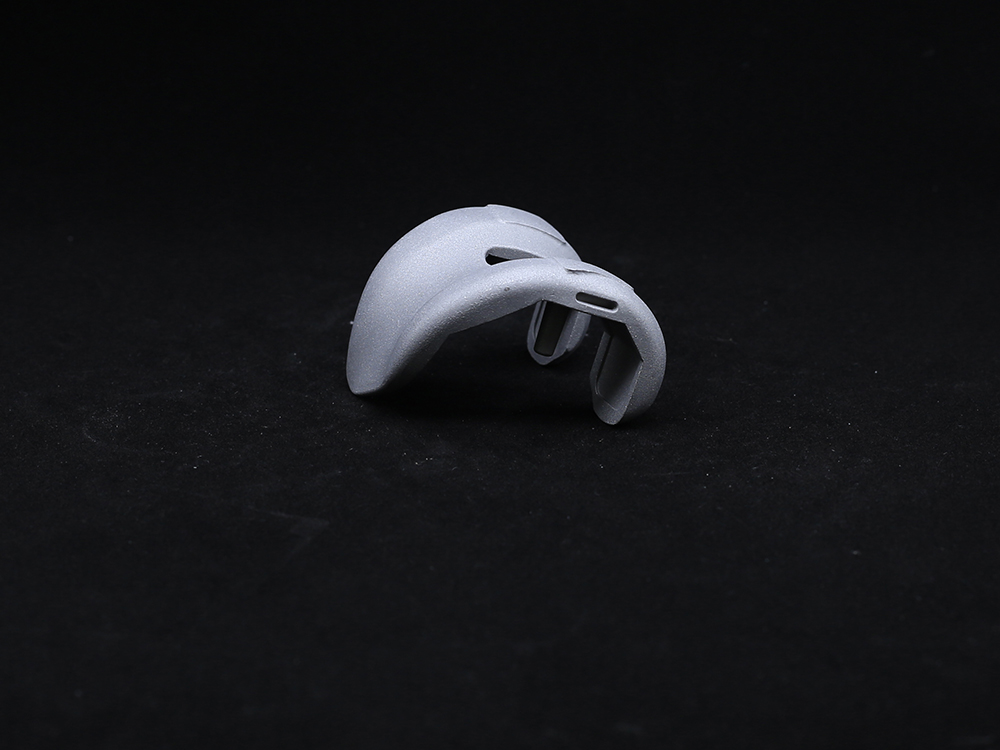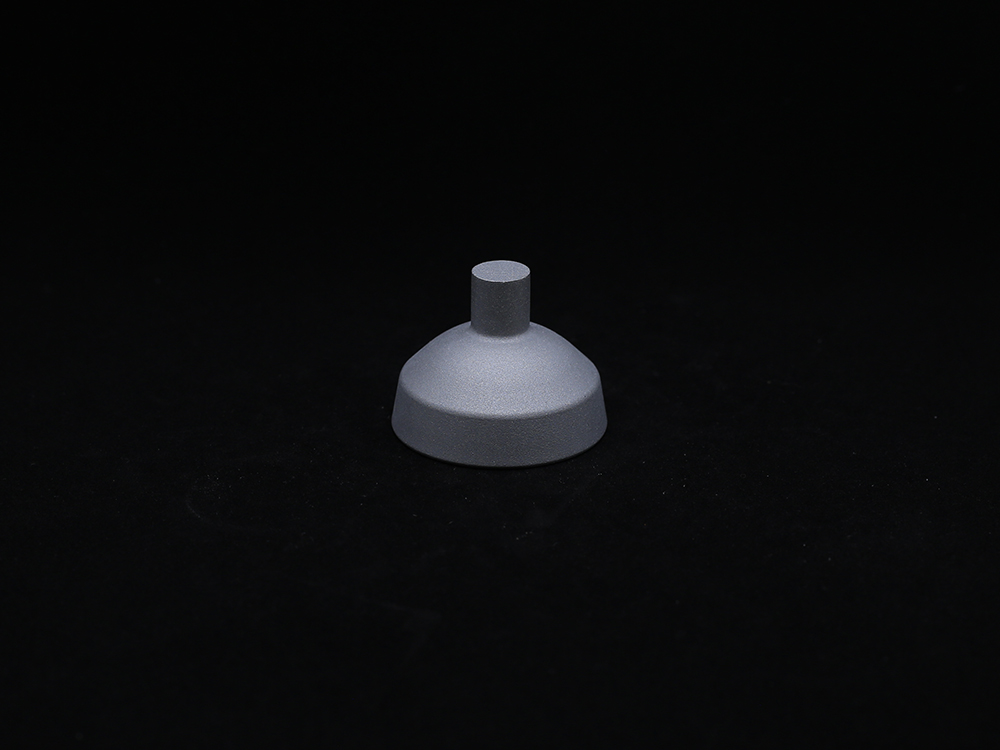The Deterioration of Cartilage as Seen in Osteoarthritis
Chondrosis means "cartilage breakdown"—deterioration of the cushiony connective tissue between joints due to factors such as overuse, injury, and age. Known more commonly as osteoarthritis, chondrosis most often occurs in the knees, hands, hips, neck, and lower back, causing pain and stiffness. Chondrosis can't be cured, but the right treatment may help to slow the progression of the disease, ease discomfort, and restore mobility. Artificial Knee Replacement

This article discusses the different types of chondrosis, risk factors associated with the condition, and various treatment options.
Osteoarthritis can develop in any joint, but these are some of the most common places it's found.
Runners and individuals with extra body weight are prone to wear and tear of the knees. A condition called patellofemoral (PF) chondrosis describes cartilage loss on the surface of the kneecap. This condition may also be referred to as chondromalacia patellae or "runner's knee."
Bone spurs may develop in the finger joints, becoming swollen and tender. Many patients experience pain at the base of the thumb. Cartilage breakdown in the hands impairs fine motor skills for everyday activities like writing, tying shoelaces, holding cooking utensils, buttoning clothing, and typing.
The hips are a weight-bearing ball and socket joint with cartilage that lines the inner surface to enable smooth and easy movement. If this cartilage starts to wear away, friction between the bones leads to bone spurs. Chondrosis in the hip joint can make it difficult to walk, causing stiffness and pain.
Osteoarthritis can also occur in the spine and neck, where it is usually referred to as cervical spondylosis . In between each vertebra of the spine, cartilage padding protects the bones from pressing against each other. When this breaks down, inflammation and pain can make it difficult to get comfortable for sleep or to perform daily activities.
The vast majority of back pain is short-term and resolves itself within a week. However, osteoarthritis in the back is one of the many potential causes of chronic back pain that doesn't seem to go away with time.
As the cartilage in the spine deteriorates, bony spurs develop that can "pinch" the nerves in the lower back. Your healthcare provider will evaluate your condition to rule out other forms of arthritis.
A grading system, known as the modified Outerbridge grading system, is used to assess chondral surfaces (cartilage covering the bones of the joints). Chondromalacia can be divided into four grades based on magnetic resonance imaging (MRI):
Chondrosis of the knee is often associated with certain types of exercise or obesity. Every pound of weight on the upper body places four pounds of force on the knee joint.
Endurance athletes who run long distances are prone to joint pain. Fast-paced sports that require quick and dynamic movements (like basketball and tennis) are also hard on the knees.
Although high-impact exercise increases the risk of osteoarthritis, a sedentary lifestyle can also be a risk factor for chondrosis. Insufficient muscle tone fails to support the joints, placing them under added stress.
Osteoarthritis is common in people over age 50. Age is a leading cause of cartilage breakdown over time. Genetics also plays a role, especially when triggered by inflammation. Our bone structure can influence the likelihood of chondrosis, as is the case for individuals with naturally shallow hip sockets (a condition called hip dysplasia).
Performing a repetitive motion over the course of several years leads to overuse of the joint and can wear away the cartilage. Damage to cartilage may also occur during an injury or surgery and go unnoticed until osteoarthritis later develops.
When chondrosis is diagnosed in the early stages before the progression of severe osteoarthritis, it's possible to manage the symptoms with non-invasive treatment options. For people with osteoarthritis of the hand, knee, or hip, the American College of Rheumatology (ACR) recommends a number of different non-surgical approaches.
For people with diabetes, getting blood sugar levels under control through healthy lifestyle choices can halt the progression of osteoarthritis. High blood sugar stiffens and weakens cartilage, making it more prone to damage. Diabetes also contributes to inflammation, which exacerbates joint pain.
Medication is usually paired with other non-surgical treatment methods to reduce the joint pain associated with mild to moderate chondrosis.
Your healthcare provider may recommend over-the-counter medications for pain and inflammation, including acetaminophen and oral or topical nonsteroidal anti-inflammatory drugs (NSAIDs).
The ACR recommends topical use of NSAIDs before oral use. The goal is to first try a route that has a local effect as opposed to a systemic one.
Creams that contain capsaicin (a natural compound in hot peppers) may provide temporary pain relief of osteoarthritis of the knee. The ACR currently recommends topical use of capsaicin for osteoarthritis of the knee.
However, the ACR guidelines recommend against topical use for hand osteoarthritis due to a lack of evidence for support and a potentially increased risk of getting the medication into the eyes via the hands.
Prescription medications that are also recommended for osteoarthritis include tramadol and duloxetine. Injections of a corticosteroid directly into an affected joint of the hand or in the hip or knee are now highly recommended by the ACR.
Your healthcare provider may also suggest supplements like vitamin K and calcium to support your bones and joints. However, these can take two to three months before producing noticeable benefits.
Glucosamine is one of the most widely used dietary supplements in the U.S. and has also been used for bone and joint health along with chondroitin. However, neither glucosamine nor chondroitin has been found to be effective in managing osteoarthritis of the hip or knee, and their use is strongly discouraged for these two issues.
However, chondroitin supplements may be beneficial for osteoarthritis of the hand.
Always discuss medications and supplements with your healthcare provider.
When chondrosis progresses to the point of severe pain or mobility limitations, surgery can provide a permanent and effective solution. Taking high doses of pain medication is not an ideal scenario for your health, and neither is being unable to exercise or get a good night's sleep.
When the risks of your current condition and treatment plan start to exceed the benefits, you may want to consider surgery. Consult with your healthcare provider to learn the ins and outs of the procedure that's recommended for your condition.
Surgery may involve multiple steps, like arthroscopic surgery to remove inflamed tissue, followed by the stabilization or replacement of lost cartilage.
Healing from joint surgery can be a long road and requires a commitment to rehabilitation. Making sure your health is in the best possible state before surgery will give you the highest chance of a successful recovery.
Chondrosis, which occurs when the cartilage breaks down within a joint, can result from excessive use, damage, and normal aging. It most commonly occurs in the knees, hands, hips, neck, and lower back. Symptoms may include pain and stiffness in the affected area.
Although there is no cure for this condition, there are a number of treatments available that may help alleviate symptoms and slow disease progression. Consulting with your healthcare provider and knowledgeable specialists will help you find the right solution.
Centers for Disease Control and Prevention. Osteoarthritis.
Cuthbertson J. Osteoarthritis of the hip. Arthritis Foundation
OrthoInfo. Cervical spondylosis (arthritis of the neck).
Arthritis Foundation. When back pain may mean arthritis.
Ashraf Ahmed B, Farooque MC, Einstein A, Prabhu AD, Abubacker Sulaiman F, Parthasarathy E.A.P. A retrospective study on change in morphology of patellar cartilage in degenerative disease of MRI. IJCMSR. 2019;4(3). doi:10.21276/ijcmsr.2019.4.3.13
Musumeci G, Aiello F, Szychlinska M, Di Rosa M, Castrogiovanni P, Mobasheri A. Osteoarthritis in the XXIst century: risk factors and behaviours that influence disease onset and progression. IJMS. 2015;16(12):6093-6112. doi:10.3390/ijms16036093
Kolasinski SL, Neogi T, Hochberg MC, et al. 2019 American College of Rheumatology/Arthritis foundation guideline for the management of osteoarthritis of the hand, hip, and knee. Arthritis Care Res. 2020;72(2):149-162. doi.org/10.1002/acr.24131
Arthritis Foundation. Vitamin and mineral guide for arthritis.
Arthritis Foundation. Is it time for joint surgery?.
Rosenberg Cooley Metcalf the Orthopedic Clinic at Park City. Grade III chondrosis of the medial compartment.
By Anastasia Climan, RDN, CD-N Anastasia, RDN, CD-N, is a writer and award-winning healthy lifestyle coach who specializes in transforming complex medical concepts into accessible health content.
Thank you, {{form.email}}, for signing up.
There was an error. Please try again.

Stainless Steel Investment Casting By clicking “Accept All Cookies”, you agree to the storing of cookies on your device to enhance site navigation, analyze site usage, and assist in our marketing efforts.